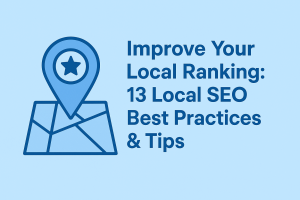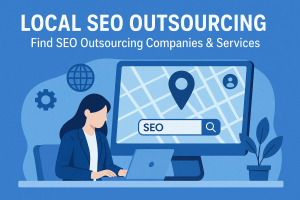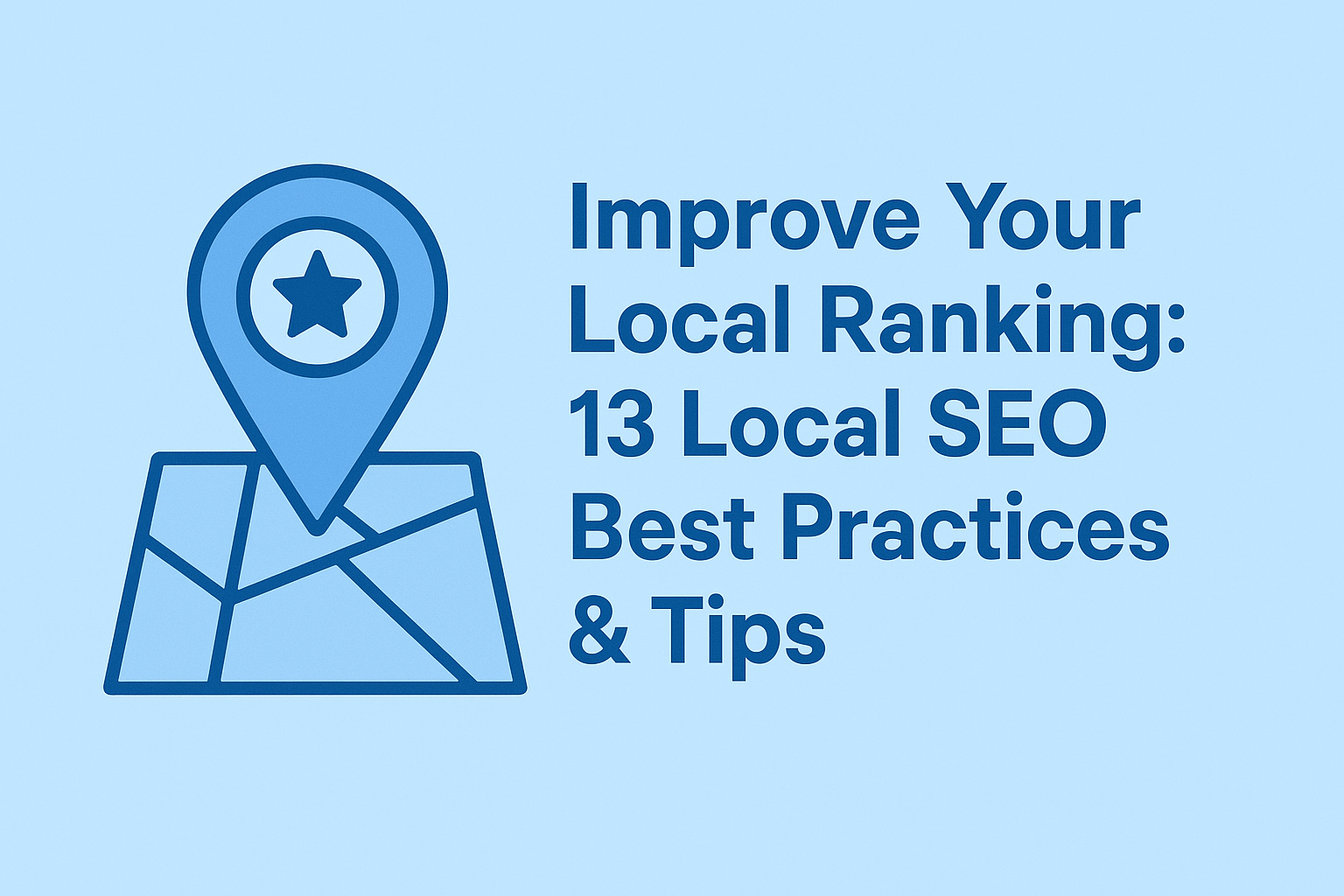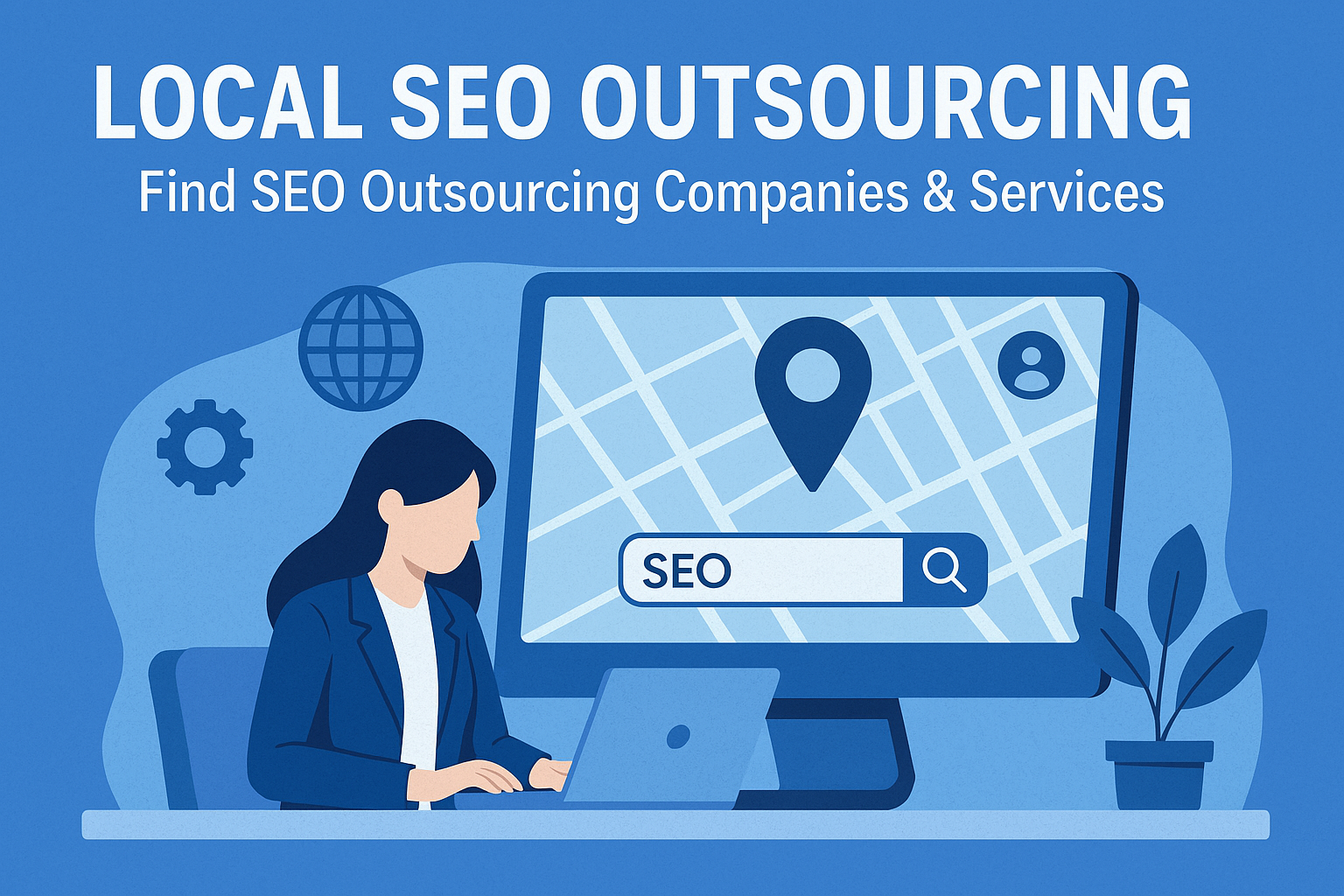Understanding SEO: Pros and Cons, Advantages and Disadvantages of Search Engine Optimization in Digital Marketing

Sanya Kaushal
Sanya is a seasoned SEO and content writing expert with a 10 years of experience. She is skillfully driving organic growth and crafting search-optimized content that engages audiences and elevates brand visibility across industries.

Table of Contents
What is SEO?
Advantages of SEO
Disadvantages of SEO
Pros and Cons of SEO
SEO as a Marketing Strategy
Conclusion
What is SEO?
Imagine you’re running a lemonade stand. You want people walking by to notice it, right? SEO works similarly for websites. It’s the process of optimizing your website so search engines like Google show it on top of SERP (Search Engine Results Page)
But how do search engines work? They use bots to crawl websites, analyze content, and rank them based on hundreds of factors (like keywords, speed, and user experience). SEO is all about making your website friendlier and easy for these bots as well as real humans.
Why does this matter? Because 93% of online experiences start with a search engine. If your site isn’t optimized, it’s like hiding your lemonade stand in a dark alley.
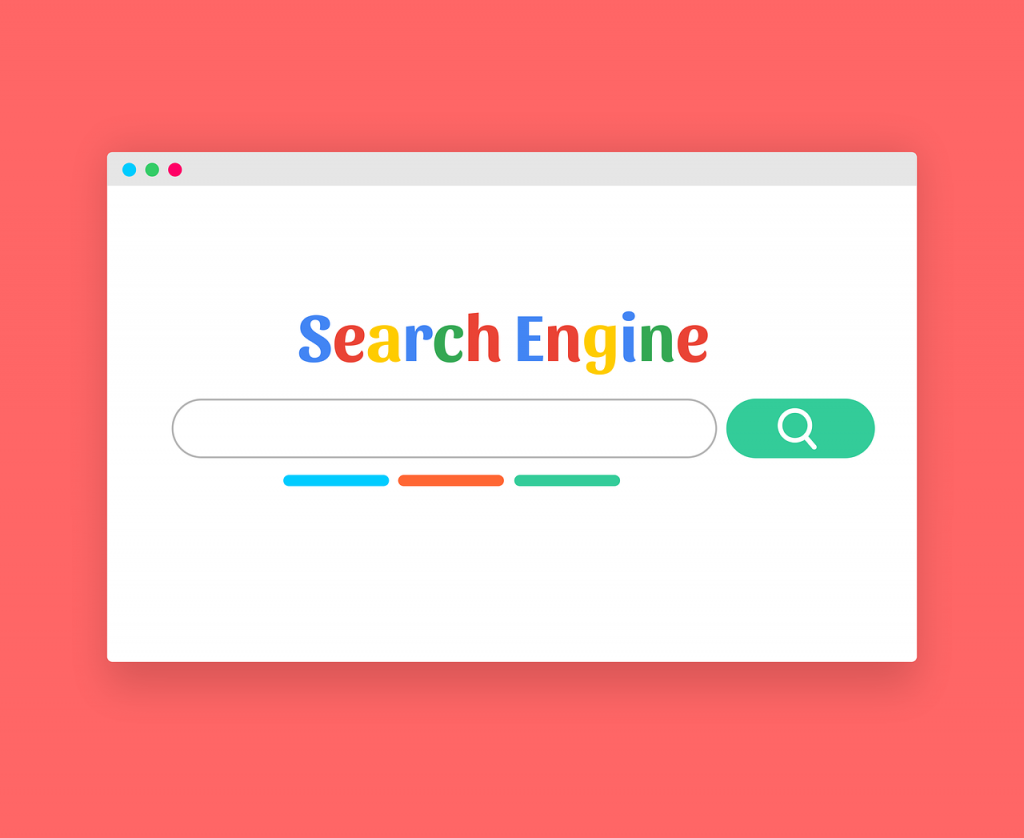
Advantages of Search Engine Optimization
1. Increased Visibility and Traffic
Think of Google’s first page as prime real estate. The higher your website ranks, the more eyeballs land on it. For example:
The #1 spot on Google grabs 28% of all clicks, while page 2 gets almost zero organic traffic (BrightEdge study).
75% of users never scroll past the first page—so if you’re not there, you’re invisible.
SEO acts like a ladder, helping you climb from page 3 to page 1. Let me break it down:
Keywords: Targeting the right phrases (like “best running shoes for flat feet” instead of just “shoes”) helps you attract specific audiences.
Content quality: Google rewards helpful, detailed content. A 1,500-word guide on “How to Fix a Leaky Faucet” will outrank a 300-word fluff piece.
Backlinks: When reputable sites link to you, Google sees you as a trusted source.
More visibility = more visitors = more sales. Simple math!
2. Cost-Effectiveness
Paid search (like Google Ads) work like renting a billboard: traffic stops when payments do. It’s like owning that billboard.
Here’s why:
Long-term savings: Yes, SEO takes time (3–6 months), but once you rank, traffic is FREE. Example: A client of mine spent $5k to use SEO for a “wedding photographer NYC” page. 8 months later, it brings in 1k visitors/month without extra costs.
Lower cost per click: Paid ads charge $2–50 per click in competitive niches. What about the SEO campaign? $0 per click after the initial work.
Budget-friendly for small businesses: Use free SEO tools like Google Search Console and AnswerThePublic to start.
Search engine ranking compounds over time. A blog post you write today can drive traffic for years.
3. Credibility and Trust
Let’s play a game. You search “best protein powder.” You see two search results:
Result #1: A site you’ve never heard of, but it’s #1 on Google.
Result #2: A Reddit thread with 10 recommendations.
Which do you click? Most pick #1. Why? Google’s algorithm is a trust signal. Ranking high = Google vouching for you.
Good SEO builds credibility in two ways:
Authority: Sites with quality backlinks (like Forbes linking to your article) are seen as experts.
User experience: A fast, mobile-friendly site (thanks to SEO tweaks) makes visitors think, “This company knows what they’re doing.”
Trust = conversions. A survey by Search Engine Journal found 81% of shoppers research online before buying. If you’re not ranking, you’re missing that trust factor.
4. Better User Experience
Fun fact: SEO and user experience (UX) go hand-in-hand. Google’s updates now prioritize user happiness over keyword stuffing.
Here’s how optimal use of SEO improves UX:
Mobile optimization: 60% of searches happen on phones. If your site isn’t mobile-friendly, Google punishes your ranking—and users bounce.
Page speed: Pages that load in 2 seconds have a 9% bounce rate vs. 38% for 5-second loads (Portent). Tools like PageSpeed Insights help you fix this.
Readability: Short paragraphs, headers, and bullet points (like this list!) keep visitors engaged.
Example: I revamped a client’s clunky, slow site. After optimizing images and simplifying navigation, their bounce rate dropped by 35% and rankings jumped.
5. Competitive Advantage
Lorem ipsum dolor sit amet, consectetur adipiscing elit. Ut elit tellus, luctus nec ullamcorper mattis, pulvinar dapibus leo.
SEO is your secret weapon to outshine competitors. Here’s how:
Keyword gaps: Tools like Ahrefs show keywords your rivals rank for—but you don’t. Steal those opportunities!
Local SEO: If you’re a bakery in Austin, optimizing for “best cupcakes in Austin” helps you dominate local searches.
Content depth: If your competitor’s blog on “Yoga for Back Pain” is 800 words, write a 2,000-word guide with videos, FAQs, and expert quotes.
Case study: A travel agency I worked with targeted low-competition keywords like “solo female travel tips Europe.” Within a year, they became the top result, leaving bigger agencies in the dust.

Disadvantages of SEO
Alright, let’s get real about SEO’s downsides. I’ve seen clients love the results, but I always warn them: SEO isn’t a magic wand. Here’s why it can be frustrating—and how to navigate it.
1. Time-Consuming Process
SEO is like planting an avocado seed. You water it, give it sunlight, check it daily… and wait. And wait. And wait. Here’s why it’s slow:
Crawl budget: Google’s bots take weeks (or months!) to discover and index new content. A blog post I wrote for a client in January didn’t rank until June.
Sandbox effect: New websites often get stuck in Google’s “sandbox” for 6–12 months, where rankings barely move, no matter how good your SEO is.
Content aging: Google trusts older content more. A study by Ahrefs found the average #1 ranking page is 2+ years old.
What to do?
Mix SEO with paid ads (like Google Ads) for instant traffic while waiting.
Repurpose old content—update stats, add new sections—to speed up results.
2. Constant Algorithm Updates
Google changes its algorithm 500–600 times a year. Most are minor, but major updates (like Helpful Content or Core Updates) can wreck your rankings overnight.
Real-life example:
A client’s DIY blog dropped from #3 to #28 after the 2023 Helpful Content Update. Why? Google decided their “10 Best Blenders” article was too generic. We had to rewrite it with video tutorials, expert quotes, and FAQs to recover.
Survival tips:
Follow SEO news (I like Search Engine Journal).
Focus on user intent: Ask, “Does my content truly solve the reader’s problem?”
3. No Guaranteed Results
Even with perfect SEO, you might never rank #1. Here’s why:
Competitor power: If a site like Healthline or Forbes targets your keyword, it’s like racing a bicycle against a Tesla.
Unpredictable factors: Google’s E-E-A-T (Experience, Expertise, Authoritativeness, Trustworthiness) is subjective. One day they prioritize “expertise,” the next it’s “user reviews.”
Local vs. global: Ranking for “best coffee shop in Brooklyn” is doable. “Best coffee shop in NYC”? Good luck—you’re up against 3,000+ competitors.
My advice:
Target long-tail keywords (e.g., “vegan coffee shops Brooklyn with WiFi”). Less competition, more focused traffic.
Track traffic growth, not just rankings. If your clicks double, does it matter if you’re #5 instead of #3?
4. Resource Intensive
SEO isn’t free. Here’s what you’ll need:
Tools: Ahrefs (99/month),SEMrush(99/month),SEMrush(119/month), SurferSEO ($89/month).
Skills: Writers, developers, SEO specialists. A freelance writer charges 50–150/blog.
Time: 10–15 hours/week to track rankings, fix errors, and update content.
Budget-friendly fixes:
Start with free tools: Google Analytics, AnswerThePublic, Ubersuggest.
Learn basics via free courses (Google’s SEO Starter Guide).
Hire part-time freelancers (like me!) instead of agencies.
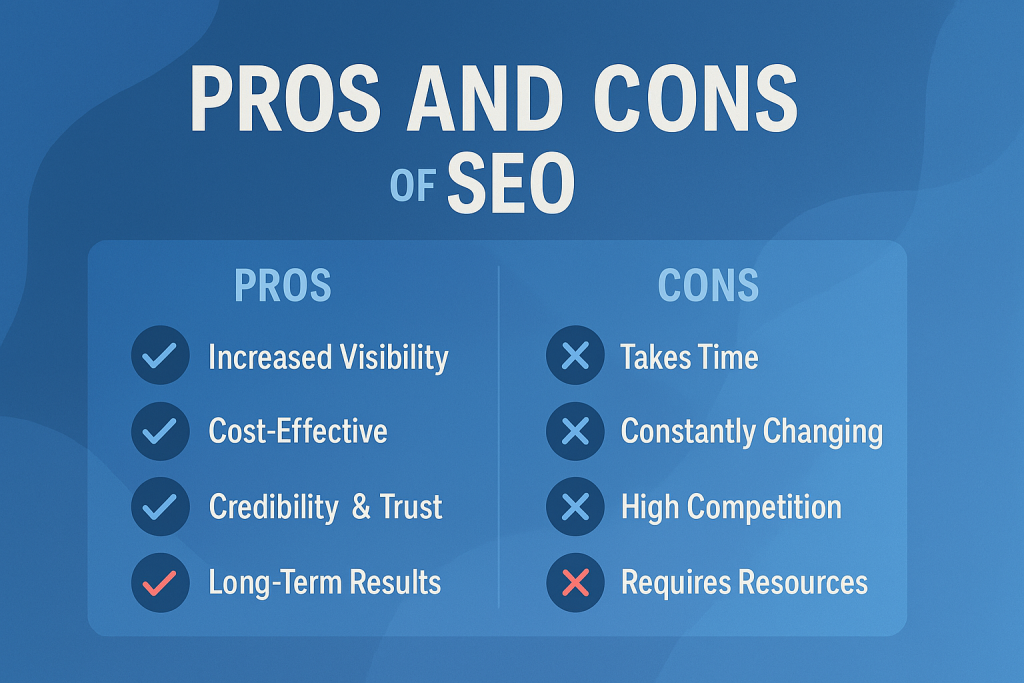
Pros and Cons of SEO: Quick Summary
Let’s simplify this with a table:
| Pros | Cons |
|---|---|
| 1. Long-Term Free Traffic | 1. Slow Results |
| What this means: SEO traffic grows over time. Once you rank, visitors keep coming without paying for ads. Example: A blog I optimized for “how to grow avocados” still gets 500+ monthly visits 3 years later. | What this means: SEO isn’t instant. Google needs time to trust your site. A new website might take 6–12 months to see traction. |
| Key stats/tips: Organic search drives 53% of all website traffic (BrightEdge). Start with low-competition keywords to see faster wins. | Key stats/tips: Only 5.7% of new pages rank in top 10 within a year (Ahrefs). Pair SEO with paid ads to bridge the gap. |
| 2. Builds Trust & Authority | 2. Requires Constant Effort |
| What this means: Ranking high on Google = social proof. Users think, “If Google recommends them, they must be good.” Example: A local bakery I worked with doubled inquiries after hitting #1 for “organic sourdough bread [city].” | What this means: Google updates its algorithm daily. What worked last month (like keyword stuffing) could hurt you today. |
| Key stats/tips: 75% of users say they judge credibility based on website design (Stanford). Use HTTPS, professional logos, and customer reviews. | Key stats/tips: Major updates like Google Core Updates happen 3–4 times/year. Follow blogs like Search Engine Land to stay ahead. |
| 3. Improves User Experience | 3. No Guaranteed Results |
| What this means: SEO forces you to fix annoying website issues. Faster load times, mobile-friendly layouts, and clear navigation keep visitors happy. Example: Speeding up a client’s site by 2 seconds reduced their bounce rate by 34%. | What this means: Even with perfect SEO, competitors with bigger budgets or older domains can outrank you. Example: “Best CRM software” is dominated by HubSpot and Salesforce—nearly impossible for startups to crack. |
| Key stats/tips: 53% of mobile users leave sites that take longer than 3 seconds to load (Google). Use tools like GTmetrix to test speed. | Key stats/tips: Target “long-tail keywords” (e.g., “CRM software for small nonprofits”) to avoid shark-infested waters. |
| 4. Beats Competitors | 4. Can Be Expensive |
| What this means: SEO lets you steal your competitor’s spotlight. Tools like SEMrush show you their top keywords—so you can outrank them. Example: A client overtook their rival by creating better content for “sustainable yoga mats.” | What this means: Quality SEO needs $$$. Tools, writers, and experts add up. Example: A basic SEO toolkit (Ahrefs + SurferSEO) costs ~$200/month. |
| Key stats/tips: The first 5 Google results get 67% of all clicks (Advanced Web Ranking). Aim for the top 3. | Key stats/tips: Freelancers charge 50–50–150/hour for SEO. Start with free tools (Google Search Console) and scale as you grow. |
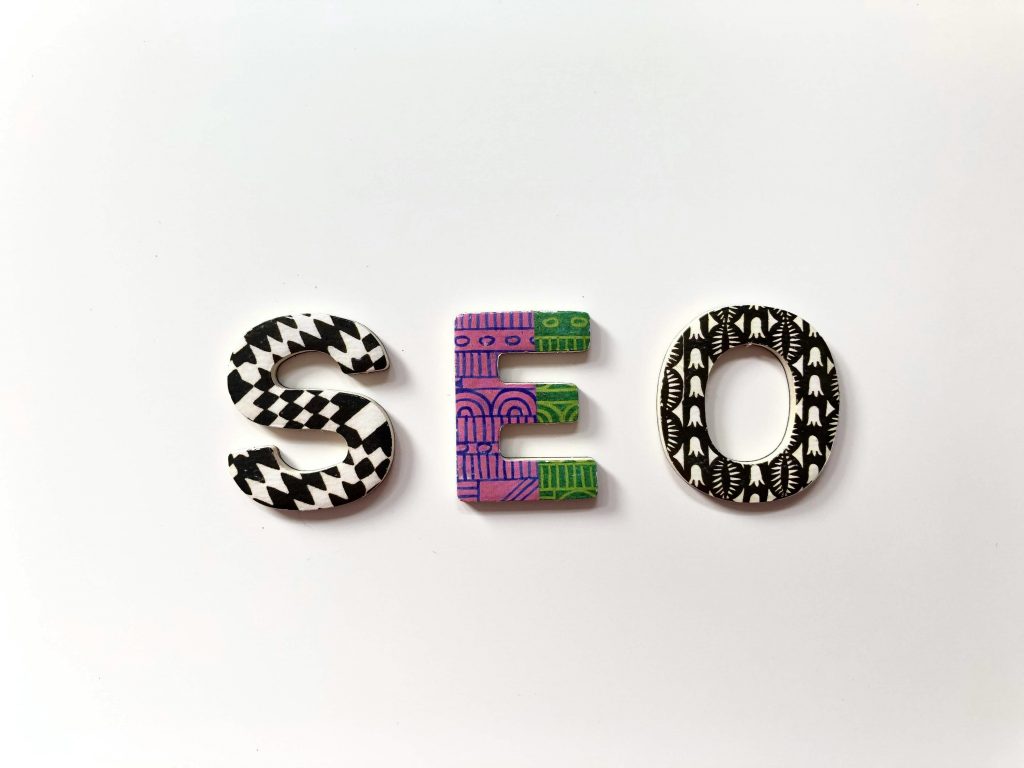
SEO as a Marketing Strategy
SEO works best when mixed with other strategies. For example:
Use social media to share your SEO-optimized blogs.
Run paid ads to boost traffic while waiting for SEO results.
Create YouTube videos and optimize them with keywords (yes, video SEO exists!).
Free Tools to Get Started
You don’t need $$$ to start:
Google Analytics: Track your website traffic.
Google Search Console: Find SEO errors and fix them.
Ubersuggest: A free keyword research tool.
Conclusion
So, is SEO worth it? Absolutely—if you’re patient and ready to put in the work. It’s a powerful way to grow your business, build trust, and save money long-term. But don’t ignore the downsides: it’s slow, unpredictable, and needs ongoing effort.
My advice? Start small. Fix your website speed, write a few blogs with keywords, and track your progress. And if you’re stuck, feel free to reach out—I’m here to help!
FAQs
What’s the biggest advantage of SEO?
Free, sustainable traffic. Once you rank, you don’t pay for clicks.
What’s the #1 downside of SEO?
The waiting game. Results take months, not days.
Can SEO replace paid ads?
Nope. Use them together for quick + long-term results.
Is SEO free?
You can do it for free with basic tools, but serious SEO needs investment.
How soon will I see results?
3–6 months on average. Highly competitive niches take longer.

